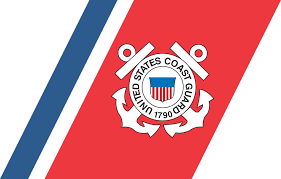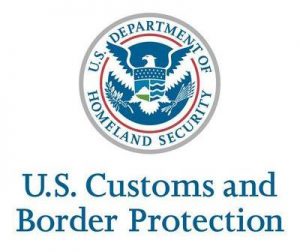The USCG COTP has issued the “Vessel Safety Advisory During Restricted Visibility” MSIB.
It reads as follows:
Over the past couple months there have been several incidents where reduced visibility has been identified as a casual factor. The Captain of the Port New Orleans expects all mariners to use extra caution and consideration when transiting in or near an area of restricted visibility (i.e. fog, sleet, heavy rains, squalls).
- Appoint adequate watch personnel to include additional “look-out” positions at different locations on the ship.
- More than the standard watch compliment may be needed to maintain a proper lookout in accordance with COLREG Rule 5 (33 CFR 83.05).
- Reduce speed of the vessel depending on visibility and exercise due regard to maneuvering and stopping distance of the vessel at any particular speed in accordance with COLREG Rule 6 (33 CFR 83.06).
- All vessels in or near areas of restricted visibility shall navigate and maneuver in accordance COLREG Rule 19 (33 CFR 83.19).
- Ensure navigation equipment, including lights, radars, and fog signal, are working properly prior to getting underway and at all times while underway.
- While underway in or near restricted visibility, it is important that the master is on the bridge.
- If not, The Officer in Charge of the Navigation Watch must inform the master of deteriorating visibility.
- Stop other activities or operations that are not essential to the safe navigation of the vessel.
- Remove unnecessary noise and distractions from the bridge watch, such as personal cell phone use, music, and television.
- Check and maintain water-tight integrity of the vessel while operating in or near areas of restricted visibility.
- Monitor appropriate bridge-to-bridge radio communications frequencies at all times.
- Maintain detailed navigation log entries including vessel’s position, speed, and condition of visibility.
COLREGS – Inland Rules
RULE 5 Look-out – Every vessel shall at all times maintain a proper look-out by sight and hearing as well as by all available means appropriate in the prevailing circumstances and conditions so as to make a full appraisal of the situation and of the risk of collision.
RULE 6 Safe Speed – Every vessel shall at all times proceed at a safe speed so that she can take proper and effective action to avoid collision and be stopped within a distance appropriate to the prevailing circumstances and conditions.
In determining a safe speed the following factors shall be among those taken into account:
(a) By all vessels:
- the state of visibility;
- the traffic density including concentration of fishing vessels or any other vessels;
- the maneuverability of the vessel with special reference to stopping distance and turning ability in the prevailing conditions;
- at night, the presence of background light such as from shore lights or from back scatter of her own lights;
- the state of wind, sea, and current, and the proximity of navigational hazards;
- the draft in relation to the available depth of water.
(b) Additionally, by vessels with operational radar:
- the characteristics, efficiency and limitations of the radar equipment;
- any constraints imposed by the radar range scale in use;
- the effect on radar detection of the sea state, weather, and other sources of interference;
- the possibility that small vessels, ice and other floating objects may not be detected by radar at an adequate range;
- the number, location, and movement of vessels detected by radar; and
- the more exact assessment of the visibility that may be possible when radar is used to determine the range of vessels or other objects in the vicinity.
RULE 19 Conduct of Vessels in Restricted Visibility
(a) This Rule applies to vessels not in sight of one another when navigating in or near an area of restricted visibility.
(b) Every vessel shall proceed at a safe speed adapted to the prevailing circumstances and conditions of restricted visibility. A power-driven vessel shall have her engines ready for immediate maneuver.
(c) Every vessel shall have due regard to the prevailing circumstances and conditions of restricted visibility when complying with Rules 4 through 10.
(d) A vessel which detects by radar alone the presence of another vessel shall determine if a close-quarters situation is developing or risk of collision exists. If so, she shall take avoiding action in ample time, provided that when such action consists of an alteration of course, so far as possible the following shall be avoided:
- an alteration of course to port for a vessel forward of the beam, other than for a vessel being overtaken; and
- an alteration of course toward a vessel abeam or abaft the beam.
(e) Except where it has been determined that a risk of collision does not exist, every vessel which hears apparently forward of her beam the fog signal of another vessel, or which cannot avoid a closequarters situation with another vessel forward of her beam, shall reduce her speed to the minimum at which she can be kept on course. She shall if necessary take all her way off and, in any event, navigate with extreme caution until danger of collision is over.
The full MSIB is attached.



